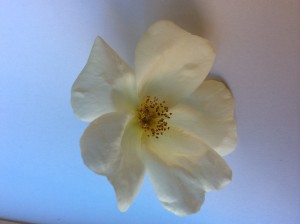
A Plant that has many stamen: Cultivated Multiflora Rose
This flower has many stamen, meaning there are more than 10 male parts to this flower. This can be seen in this photo by counting the brown dots, which are the stamen. This flower can be found outside of the James Cancer research Hospital
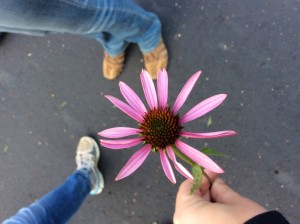
A member of the Asteraceae family: Purple Cone Flower
This flower is a member of the Asteraceae family, which can be seen by the type of inflorescence of the flower; it looks like it is one flower head, but it is actually a cluster of flowers in one large head. This flower can be found at Cedar bog, within the parking lot.
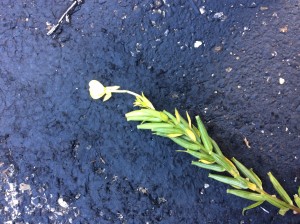
A plant that produces a raceme: Common evening primrose.
This flower can be found in the middle of the Cedar Bog parking lot. This flower is a raceme because it produces its own individual flowers coming off the stem in a alternating fashion.
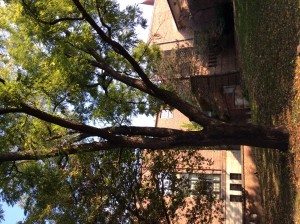
Juglans nigra: Black Walnut
This tree can be found near mirror lake, outside of Orton Hall. Unfortunately, I don’t know how to rotate the photo, but you can tell that it is black walnut by locating the fruit within the tree and the fallen fruit below the tree.
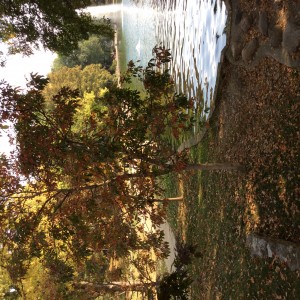
Aesculus glabra: Buckeye Tree
This tree is a buckeye tree and can be found right by mirror lake, closest to Neil Ave. The tree can be identified by its 5-leaf arrangement.
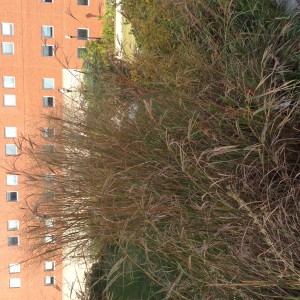
A member of the Poaceae Family: Bluestem grass
The Poaceae Family is the Grass family and it can be identified as part of this family because if you pull apart the grass at the root each separate leaf can be pulled apart and each is hugging the one below. This grass can be found outside of Jennings hall, in the courtyard. It can be identified as Bluestem by the flowers on the grass, they are formed in groups of three, looking similar to a turkey foot.
There are a couple different types of grasses outside Jennings on the walkway to Aronoff. I like that bluestem grass is easily identified by the flowers looking similar to a turkey foot, otherwise it is hard to tell all those grasses apart!
What are other characteristics of Juglans nigra that helped you identify it? Other than the clusters of walnut fruits that haphazardly fall to the ground this time of year, this tree also has compound, serrate leaves that change to yellow in Autumn.
The purple cone flower is really pretty! The rose also has a hypanthium, which you can’t see in the photo, but it’s a common characteristic of the Rosaceae family.